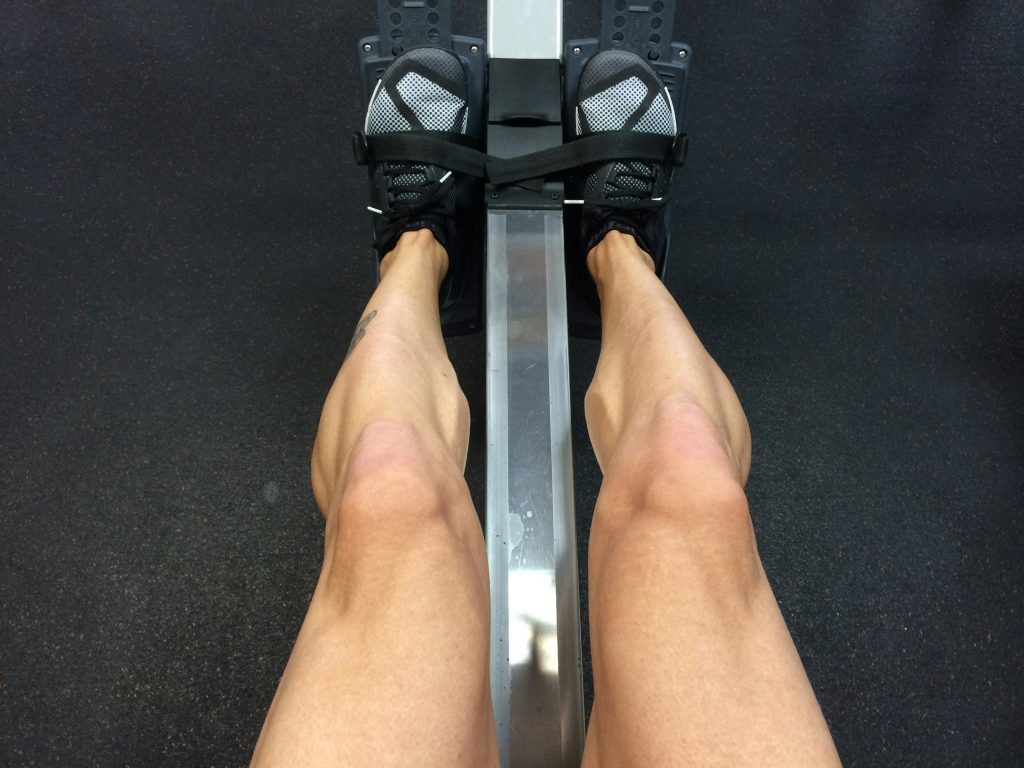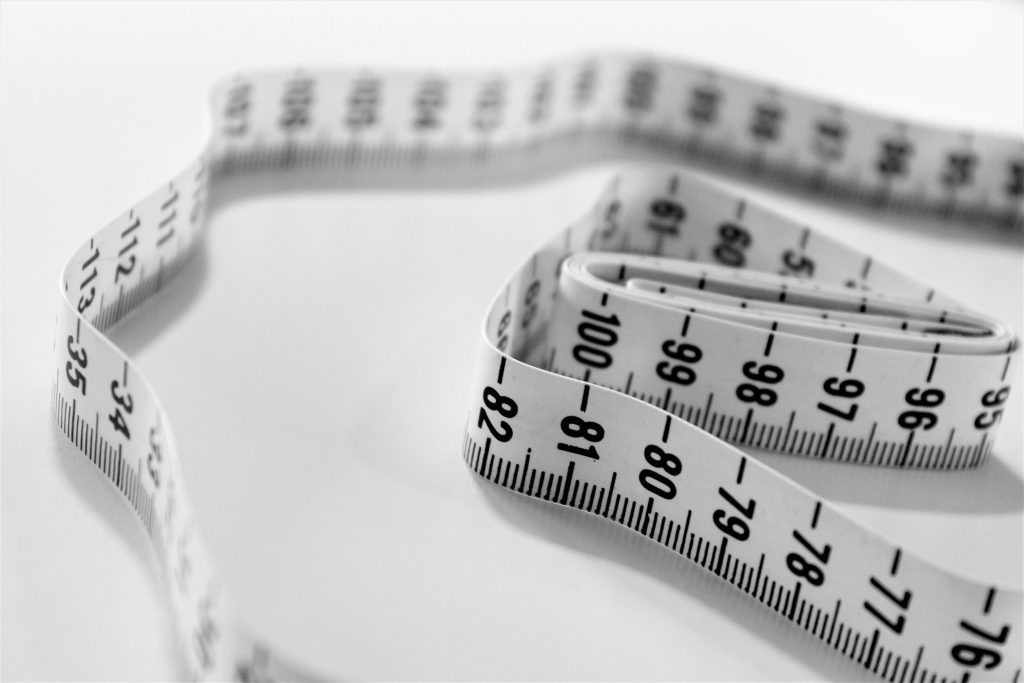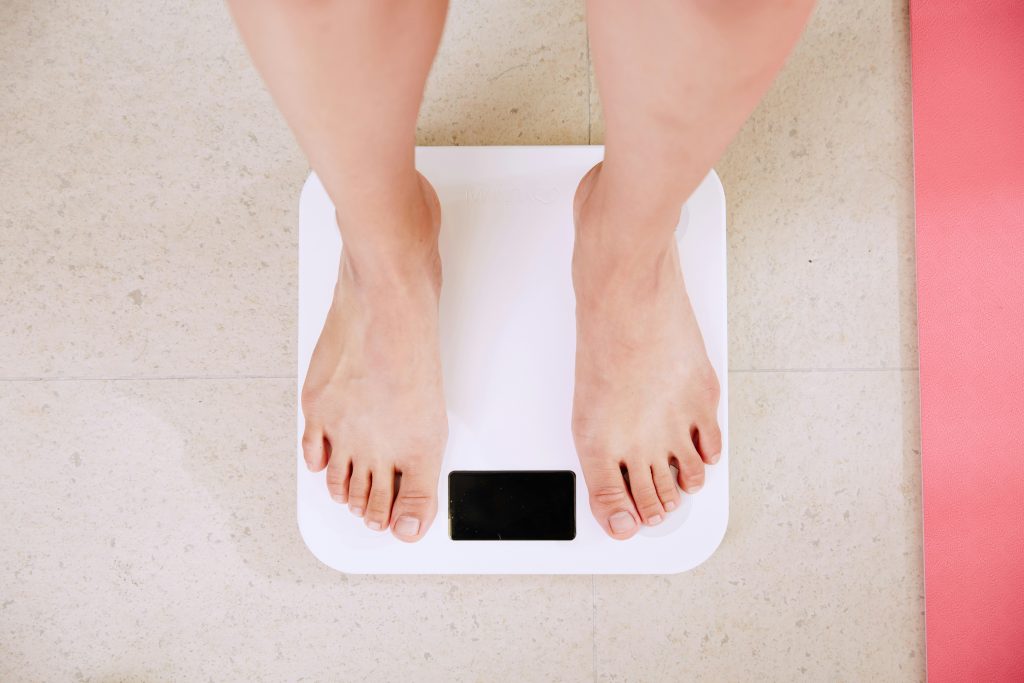Fat Loss and Muscle Retention: The Perfect Combination for Fitness Success
Achieving fat loss while maintaining muscle mass is a common goal for many people, yet it’s often a delicate balancing act. Focusing solely on fat loss can lead to muscle breakdown, while an emphasis on gaining muscle without proper nutrition or training can lead to unwanted fat accumulation. The key is a balanced approach that integrates proper nutrition, effective exercise strategies, and recovery techniques. Below, we’ll explore practical tips that can help guide you through the fat loss process while preserving muscle.
Focus on Protein-Rich Diet for Muscle Preservation
Protein plays a crucial role in muscle maintenance and fat loss. When you’re in a calorie deficit, your body may start to break down muscle tissue for energy if protein intake is inadequate. Eating enough protein ensures your muscles have the necessary building blocks for repair and growth, even as you reduce calories. Additionally, protein has a high thermic effect, meaning your body burns more calories digesting and metabolizing it compared to fats or carbohydrates.
To optimize fat loss and muscle retention, calculate your protein needs based on your body weight and activity level. For example, if you weigh 180 pounds and engage in regular strength training, aim for 144-216 grams of protein daily (0.8-1.2 grams per pound of body weight). Spread this intake across all meals to support muscle recovery throughout the day. Incorporate lean sources of protein like chicken breast, turkey, lean beef, fish, and plant-based sources like beans, lentils, and quinoa. For added convenience, you can also use protein supplements such as whey protein or plant-based protein powder.

Incorporate Strength Training
Strength training is the most effective form of exercise to prevent muscle loss while dieting. When you lift weights, you create micro-tears in your muscle fibers. Your body repairs these tears, making the muscles stronger and often larger. If you’re in a calorie deficit but regularly strength train, your body prioritizes muscle maintenance rather than breaking it down for fuel. This is why focusing on resistance exercises is key during fat loss phases.
A well-rounded strength training program should include both compound and isolation exercises. Compound exercises, such as squats, deadlifts, and bench presses, work multiple muscle groups simultaneously, allowing you to lift heavier weights and stimulate more muscle growth. Isolation exercises, like bicep curls and leg extensions, target specific muscles, helping you refine and shape your physique. Perform strength training 3-4 times per week, focusing on different muscle groups each day. Ensure progressive overload—gradually increasing the weight or resistance used—as this is essential for continual muscle development.
Control Your Caloric Intake
To lose fat, you need to consume fewer calories than you burn, known as a caloric deficit. However, if your caloric deficit is too large, your body may start to break down muscle tissue for energy, particularly if protein intake and strength training are inadequate. A moderate caloric deficit is optimal for fat loss while maintaining muscle because it allows for slow, steady weight loss without putting your body into “starvation mode,” which can lead to muscle loss.
First, calculate your maintenance calories using an online calculator or formula that takes into account your age, weight, activity level, and goals. If your maintenance calories are 2,400 per day, reducing your intake by 300–500 calories (10-20%) will lead to fat loss while helping to preserve muscle mass. This controlled deficit allows your body to burn fat as its primary energy source while protecting muscle tissue. Also, focus on nutrient-dense foods to ensure your body gets all the essential vitamins and minerals it needs during the fat loss phase.

Incorporate Cardiovascular Exercise Mindfully
Cardio plays a role in creating a caloric deficit and improving heart health, but too much cardio can hinder muscle retention. Long sessions of steady-state cardio, especially in a severe calorie deficit, may cause muscle breakdown. To avoid this, balance your cardio with strength training and opt for high-intensity interval training (HIIT), which alternates short bursts of intense activity with periods of rest. HIIT is especially effective at burning fat while preserving muscle, as the short intervals of intense effort stimulate your body to burn calories long after the workout.
You can perform HIIT workouts 2-3 times a week, such as sprinting for 30 seconds followed by 1-2 minutes of light jogging or walking for 20 minutes. This boosts your metabolism and encourages fat burning without long, tedious cardio sessions. For those who prefer lower-impact options, moderate-intensity cardio like cycling or brisk walking for 20-30 minutes a few times a week can also complement your fat loss efforts. Remember that strength training should still be your primary focus to preserve muscle mass.
Prioritize Recovery and Sleep
Recovery is an essential but often overlooked part of fat loss and muscle maintenance. When you work out, especially strength train, you’re breaking down muscle fibers. Proper rest and recovery allow these fibers to repair and grow stronger, leading to muscle preservation or growth. Inadequate recovery, particularly poor sleep, can result in elevated cortisol levels, increased fat storage, and hindered muscle repair. Additionally, sleep deprivation can negatively affect hunger-regulating hormones, making it harder to stick to a caloric deficit.
Strive to get 7–9 hours of quality sleep each night. Consider creating a sleep-friendly environment by reducing screen time before bed, keeping your room cool, and maintaining a consistent sleep schedule. You can also improve recovery by incorporating rest days into your workout routine, allowing your muscles time to repair. Active recovery activities, such as light walking, yoga, or stretching, can aid circulation and reduce soreness without overloading your muscles.

Track Your Progress and Adjust
It’s essential to track your progress throughout your fat loss journey, not only by using the scale but also by monitoring your body composition. The scale alone doesn’t differentiate between fat loss and muscle loss, so it’s crucial to use other indicators to ensure that your efforts are leading to fat reduction and not muscle degradation. Adjustments may be necessary if you notice muscle loss or stalled progress.
Use body fat percentage measurements, progress photos, or a tape measure to track changes in your body composition. Progress photos taken every 4–6 weeks will give you a visual representation of how your body is changing. Strength levels are another good indicator; if you notice a significant drop in strength or muscle endurance, it might be time to adjust your caloric intake, increase protein, or modify your workout routine.
Stay Consistent with Your Routine
Consistency is the cornerstone of any successful fat loss and muscle preservation program. Crash diets, excessive cardio, or sporadic training routines may lead to rapid muscle loss and unsustainable fat loss. A balanced, sustainable routine that includes proper nutrition, resistance training, and mindful cardio will ensure steady progress. The goal should be long-term results rather than quick fixes that can harm your health and muscle mass.
Rather than following extreme diets or aggressive workout routines, create a plan you can stick to over time. This could include setting realistic goals like losing 1-2 pounds of fat per week while maintaining or even improving strength in the gym. Be patient and focus on building habits that contribute to sustainable fat loss and muscle retention over months, not weeks. Reevaluate your routine every few weeks and make small adjustments as necessary based on your progress and feedback from your body.

Final Thoughts: Achieving Fat Loss and Maintaining Muscle
Achieving fat loss while preserving muscle mass requires a combination of proper nutrition, smart training, and adequate recovery. The process isn’t about rapid transformations but rather a gradual and consistent approach to building a healthier and leaner physique. By following these strategies, you can reach your fat loss goals without compromising your muscle gains, ensuring long-term success and a sustainable lifestyle change. Looking for guidance in your journey, contact us to book a free consultation one of our trainers today!
